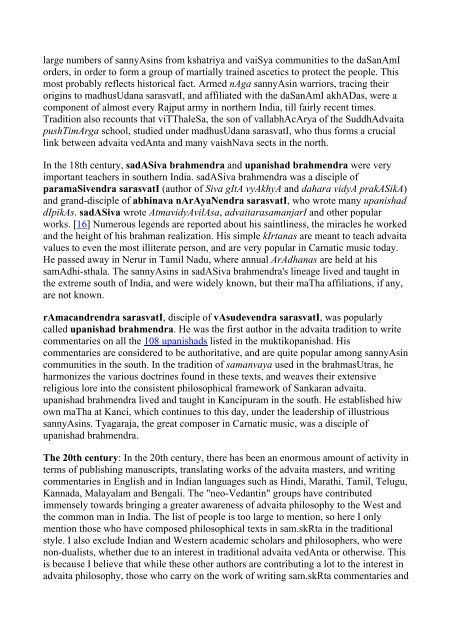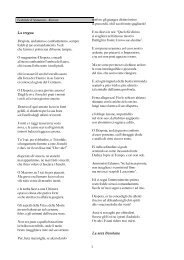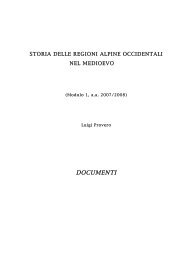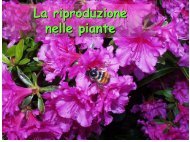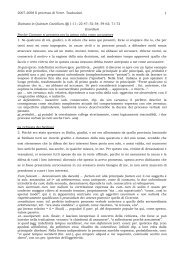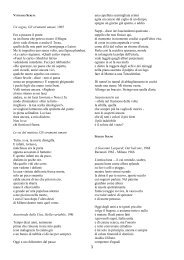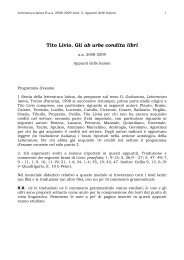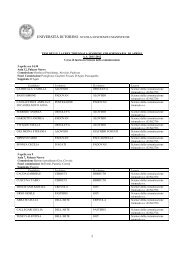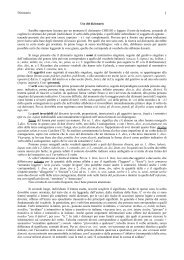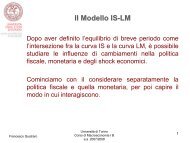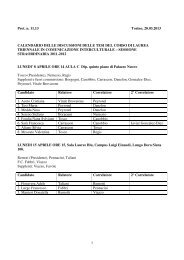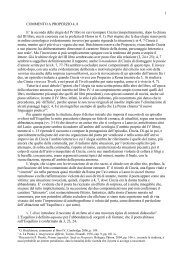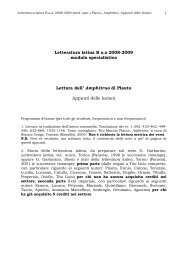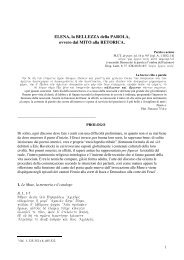ajAti vAda
ajAti vAda
ajAti vAda
Create successful ePaper yourself
Turn your PDF publications into a flip-book with our unique Google optimized e-Paper software.
large numbers of sannyAsins from kshatriya and vaiSya communities to the daSanAmI<br />
orders, in order to form a group of martially trained ascetics to protect the people. This<br />
most probably reflects historical fact. Armed nAga sannyAsin warriors, tracing their<br />
origins to madhusUdana sarasvatI, and affiliated with the daSanAmI akhADas, were a<br />
component of almost every Rajput army in northern India, till fairly recent times.<br />
Tradition also recounts that viTThaleSa, the son of vallabhAcArya of the SuddhAdvaita<br />
pushTimArga school, studied under madhusUdana sarasvatI, who thus forms a crucial<br />
link between advaita vedAnta and many vaishNava sects in the north.<br />
In the 18th century, sadASiva brahmendra and upanishad brahmendra were very<br />
important teachers in southern India. sadASiva brahmendra was a disciple of<br />
paramaSivendra sarasvatI (author of Siva gItA vyAkhyA and dahara vidyA prakASikA)<br />
and grand-disciple of abhinava nArAyaNendra sarasvatI, who wrote many upanishad<br />
dIpikAs. sadASiva wrote AtmavidyAvilAsa, advaitarasamanjarI and other popular<br />
works. [16] Numerous legends are reported about his saintliness, the miracles he worked<br />
and the height of his brahman realization. His simple kIrtanas are meant to teach advaita<br />
values to even the most illiterate person, and are very popular in Carnatic music today.<br />
He passed away in Nerur in Tamil Nadu, where annual ArAdhanas are held at his<br />
samAdhi-sthala. The sannyAsins in sadASiva brahmendra's lineage lived and taught in<br />
the extreme south of India, and were widely known, but their maTha affiliations, if any,<br />
are not known.<br />
rAmacandrendra sarasvatI, disciple of vAsudevendra sarasvatI, was popularly<br />
called upanishad brahmendra. He was the first author in the advaita tradition to write<br />
commentaries on all the 108 upanishads listed in the muktikopanishad. His<br />
commentaries are considered to be authoritative, and are quite popular among sannyAsin<br />
communities in the south. In the tradition of samanvaya used in the brahmasUtras, he<br />
harmonizes the various doctrines found in these texts, and weaves their extensive<br />
religious lore into the consistent philosophical framework of Sankaran advaita.<br />
upanishad brahmendra lived and taught in Kancipuram in the south. He established hiw<br />
own maTha at Kanci, which continues to this day, under the leadership of illustrious<br />
sannyAsins. Tyagaraja, the great composer in Carnatic music, was a disciple of<br />
upanishad brahmendra.<br />
The 20th century: In the 20th century, there has been an enormous amount of activity in<br />
terms of publishing manuscripts, translating works of the advaita masters, and writing<br />
commentaries in English and in Indian languages such as Hindi, Marathi, Tamil, Telugu,<br />
Kannada, Malayalam and Bengali. The "neo-Vedantin" groups have contributed<br />
immensely towards bringing a greater awareness of advaita philosophy to the West and<br />
the common man in India. The list of people is too large to mention, so here I only<br />
mention those who have composed philosophical texts in sam.skRta in the traditional<br />
style. I also exclude Indian and Western academic scholars and philosophers, who were<br />
non-dualists, whether due to an interest in traditional advaita vedAnta or otherwise. This<br />
is because I believe that while these other authors are contributing a lot to the interest in<br />
advaita philosophy, those who carry on the work of writing sam.skRta commentaries and


